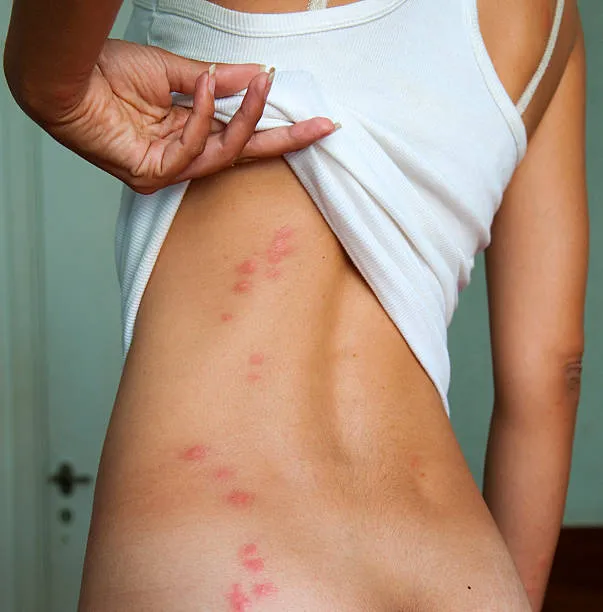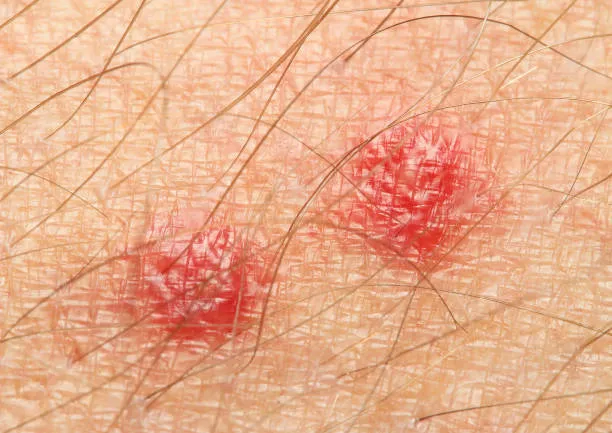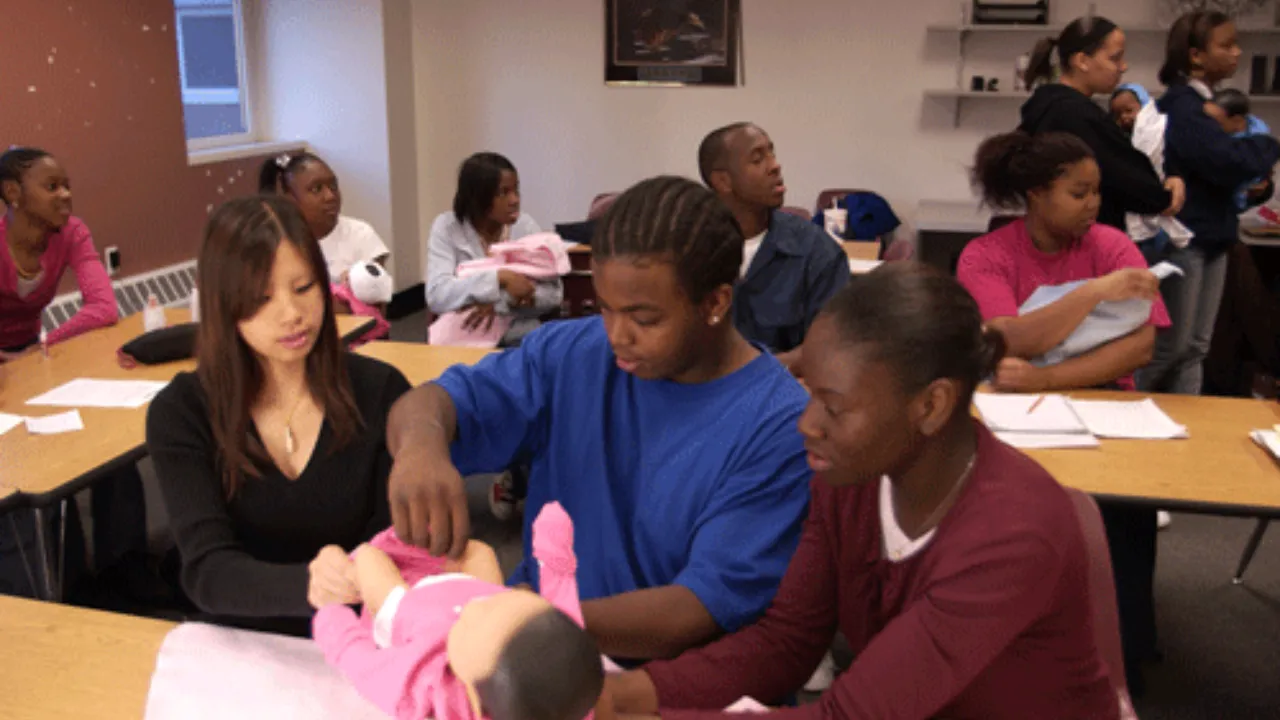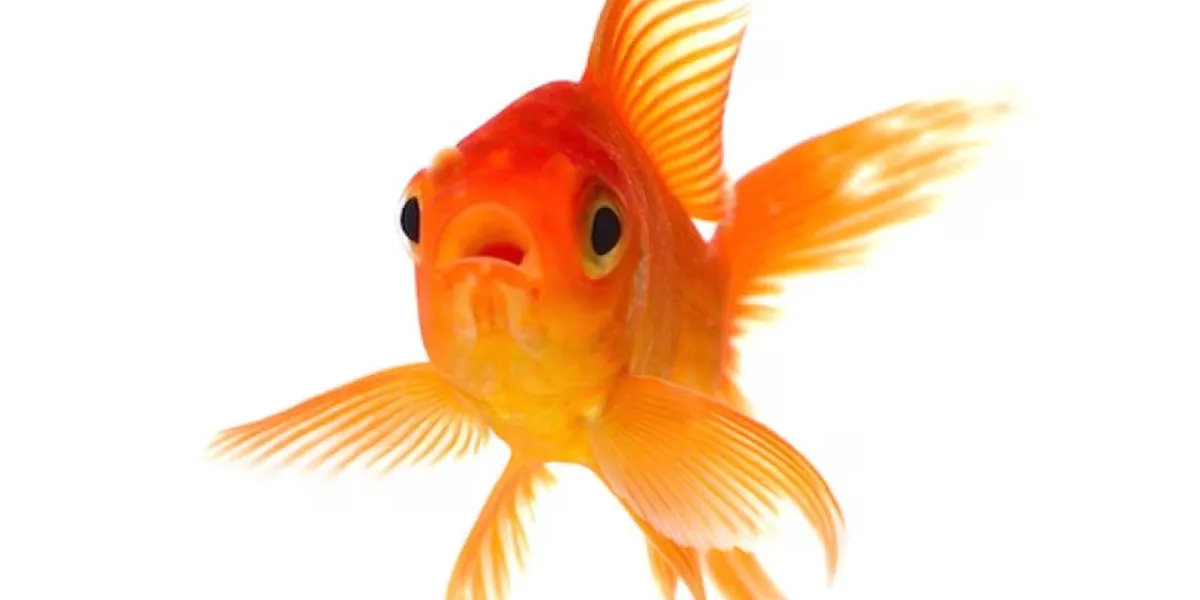While the thought of bed bugs might make your skin crawl, understanding what their bites look like can be crucial in identifying an infestation and seeking proper treatment. However, it’s important to avoid viewing graphic images of bed bug bites as they can be disturbing and cause unnecessary anxiety.
This guide provides descriptive information and non-graphic illustrations to help you identify bed bug bites and take appropriate action.
Table of Contents
ToggleWhat are Bed Bugs?
Bed bugs are small, flat, parasitic insects that feed on the blood of humans and other warm-blooded animals. They are most active at night and typically bite people while they sleep.
What Do Bed Bug Bites Look Like?
Important Note: Bed bug bites can vary greatly in appearance depending on individual reactions. Additionally, other factors like mosquito bites, eczema, or allergies can mimic bed bug bites.
Here’s a general description of possible characteristics of bed bug bites:
- Red, itchy bumps: These are the most common signs of bed bites. They can be flat or raised, and they may appear in a straight line or cluster together.
- Small, dark red spots: These are from the bed bug’s saliva and may be visible in the center of the bump.
It’s important to remember that these are just general descriptions, and bed bug bites may not always look exactly like this. If you suspect you have bed bug bites, it’s crucial to consult a healthcare professional for proper diagnosis and treatment.
Here are some non-graphic illustrations of what bed bug bites might look like:
- Small, red bumps in a line:
- Clustered red bumps:
- Single red bump with a dark red center:
It’s crucial to remember that these are for illustrative purposes only and may not represent the full range of potential appearances.
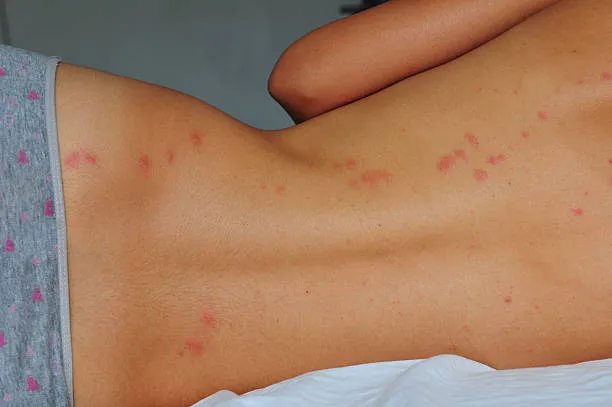
When to See a Doctor
If you’re experiencing any of the following, it’s essential to consult a healthcare professional:
- Persistent itching or irritation: Even if you’re unsure if the bites are from bed bugs, persistent itching can be uncomfortable and require treatment.
- Signs of infection: If the bites become red, swollen, or show signs of pus, it may indicate an infection and need medical attention.
- Difficulty sleeping: If the bites are causing significant sleep disturbances, your doctor can help manage the symptoms and address the underlying cause.
How to Prevent Bed Bugs
Preventing a bed bug infestation is crucial, especially since bites can be disruptive and require professional extermination to address the root cause. Here are some preventive measures:
- Inspect luggage and clothing: After traveling, especially to areas with known bed bug problems, carefully examine your luggage and clothes for signs of bed bugs.
- Vacuum and wash bedding regularly: Wash bedding in hot water (at least 130°F/54°C) and dry on high heat to kill any bed bugs or eggs.
- Inspect furniture and mattresses: Look for signs of bed bugs, such as shed skins or small, dark spots, in the seams and cracks of mattresses, furniture, and bed frames.
- Use mattress encasements: Encase your mattress and box spring in covers specifically designed to trap and kill bed bugs.
- Be cautious in used furniture: Be wary of purchasing used furniture, as it could harbor bed bugs. Inspect it thoroughly before bringing it home.
FAQs about Bed Bug Bites
Q: Are bed bug bites painful?
A: Bed bug bites are typically not painful when they occur, as the insect injects an anesthetic while feeding. However, the bite site may become itchy and uncomfortable later.
Q: How long do bed bug bites last?
A: The duration of bed bug bites can vary depending on the individual’s reaction. They usually subside within a week or two, but some people may experience itching and irritation for longer.
Q: Can bed bug bites spread disease?
A: While bed bug bites are unpleasant, they are not known to transmit any diseases to humans.
Additional Tips for Identifying Bed Bugs (without graphic images)
While this guide primarily focused on the appearance of bed bug bites, it’s important to consider other signs of an infestation.
Here are some additional clues that may indicate the presence of bed bugs:
- Rusty or reddish stains on bedding or mattresses: These can be caused by crushed bed bugs or their fecal matter.
- Musty odor: A sweet, musty smell can sometimes be present in a room with a significant bed bug infestation.
- Shed skins and empty eggshells: These tiny, translucent casings can be found near cracks and crevices in mattresses, furniture, and walls.
If you suspect a bed bug infestation, it’s crucial to take action immediately. Here’s what you can do:
- Contact a qualified pest control professional: This is the most effective way to eliminate a bed bug infestation. A professional can identify the extent of the problem and recommend the best course of treatment.
- Wash and dry all bedding and clothing in hot water (at least 130°F/54°C): This will kill any bed bugs or eggs present.
- Vacuum thoroughly: Pay close attention to areas where bed bugs are likely to hide, such as seams and cracks in furniture, mattresses, and baseboards. Dispose of the vacuum cleaner bag immediately after use.
- Encase your mattress and box spring in covers: These covers trap bed bugs and prevent them from feeding or laying eggs.
- Seal cracks and crevices in walls and furniture: This can help prevent bed bugs from hiding and spreading.
Remember: Early detection and intervention are crucial for successful bed bug eradication.
Conclusion
While identifying bed bug bites can be challenging, understanding the general characteristics and consulting a healthcare professional can help ensure proper diagnosis and treatment. Remember, prevention is key, so prioritize preventive measures to protect yourself from these pesky insects.
